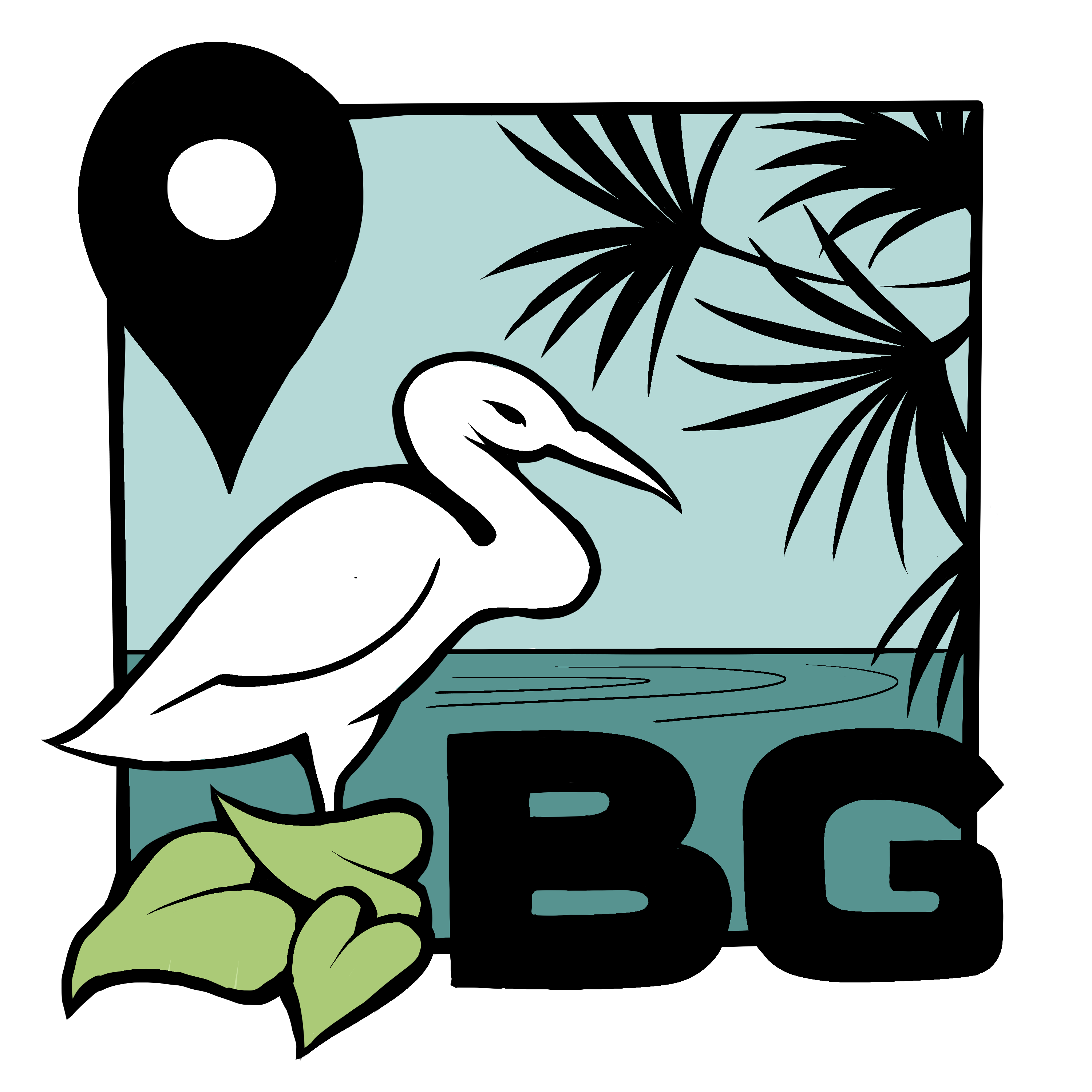
BioGator
University of Florida
This project made possible through support from the UF Planning, Design & Construction and the UF Office of Sustainability
Powered by Symbiota.

BioGator
University of Florida
|
||
|
This project made possible through support from the UF Planning, Design & Construction and the UF Office of Sustainability
Powered by Symbiota.
|